A fantastic riding experience mandates kiteboarding bars. Even the pros simply can't live without a few essential items when it comes to enjoying the excitement of kiteboarding.
Kitesurfing bars and lines, the crucial link between the rider, kite, and board, are at the center of a kiteboarding setup. Keep in mind that selecting a line with the proper length and quality is crucial while you look for kite lines.
Introduction
Kiteboarding, also known as kitesurfing, is a water sport using a kiteboard towed by a kite. A kiteboard is similar to a wakeboard or a small surfboard, with foot-straps or bindings to attach the rider's feet to the board.
The bar is the control device of the kite. It attaches to the kite via the lines and has handles for the rider to hold onto. The kitesurf bar is what the rider uses to control the angle of the kite in relation to the wind, and therefore, how much power is generated.
The lines are attached to the four corners of the kite and connect it to the kitesurfing control bar. The front lines (also called leader lines) are shorter than the back lines (also called bow lines). There are usually two sets of front and back lines - one set connected directly to the bar (fly lines), and one set connected to an extension on the bar (depower line). The depower line allows the rider to reduce the power of the kite by moving it away from them while still maintaining control.
Key Factors to Consider Related to Kitesurf Bars
- The most important factor to consider when choosing a kitesurfing bar is the wind conditions you'll be riding in. For example, if you are going to be riding in high winds, you'll need a bar that can handle those conditions.
- Second important factor to consider is the size of your kite. Different kitesurfing control bars have different line lengths, and you need to make sure your bar will work with the size of your kite.
About Kite Lines
- Kite Line Length
The kite's flying radius is determined by the length of the lines. Between 20 and 27 meters is the current standard line length.
Shorter or longer lines may be employed under exceptional circumstances.
- Short Length
High wind speeds require the usage of short lines. As the wind window gets smaller, the kite loses power but gains agility and precision. Short lines are used for instruction in low wind conditions since the kite cannot produce enough power.
- Connectors
There are thin, replaceable connectors (also termed as pigtails) at the end of each line. They safeguard out against lines' excessive wear and tear imposed on by the repeated opening and closing. The same is true of the kite's connectors (pigtails).
- Long Length
Long lines are employed to increase the kite's speed, range, and wind window. In light breezes, upwind skills improve.
- Color Coding of lines
The lines may differ in color or color pattern depending on the manufacturer, which makes it simpler to recognize and categorize them.
Conclusion
Kitesurfing bars and lines are key components of the sport, offering power on demand and precise control. Luckily, they are not too complicated to understand, as long as you do your research ahead of time.
With this article as a guide, you now have all the knowledge and resources needed to make an informed decision about which kite bar line setup is right for you.
If you are looking to buy durable & strong bars & lines for your kitesurfing gear, buy it on great deals from Kitline.




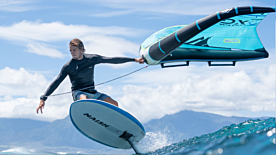
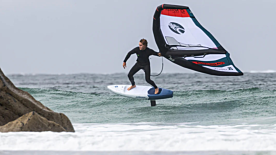
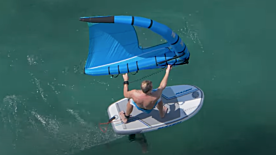
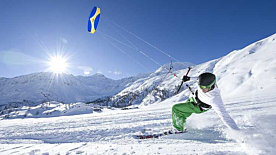
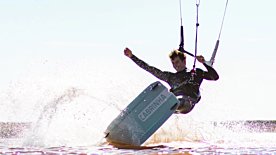
Validate your login